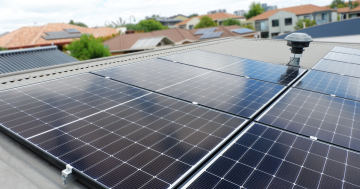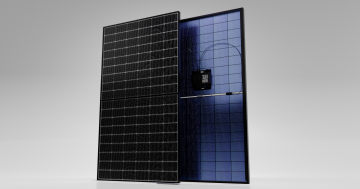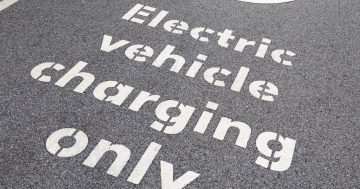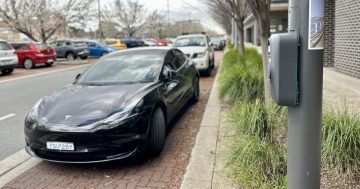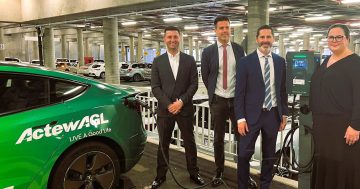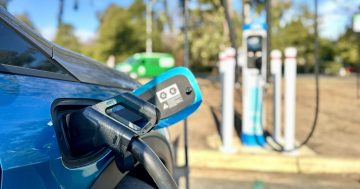
Chargers that plug into a standard home power socket can sometimes take up to 24 hours to charge a car but there are ways around it. Photo: James Coleman.
As the amount of drivers making the switch to EVs across the country rises, the question of how you actually ‘fuel’ them in the most cost effective and convenient way is a common one.
Huglo Solar company director Tim Sturgiss says while the concept of electricity and mechanics of EVs can sometimes be daunting, there is plenty of information available to help make understanding the charging process a little easier.
“I genuinely love having a chat with other people charging up their cars at power stations. We all tell each other about where else to ‘fuel up’ which is really convenient,” Tim says.
The trickle chargers that plug into a standard home power socket in a residential home can sometimes take up to 24 hours to charge your car, but Tim says there are ways around it.
First you have to get your head around AC and DC – and it’s not the band.
The difference between an AC and DC charging dock comes down to the location and the time it takes to charge the cars.
“The direct current (DC) system is what you’ll see at servos and in public places and are much quicker and more efficient,” Tim says.
“The alternating current system (AC) is one that you can have installed in your place and can take a lot longer to charge your car.
“A way around the delay is what we refer to as a ‘glorified power point’, an AC EV charger which speeds up the process which makes the charging process much faster.
“It’s ultimately a circuit dedicated to just charging your car rather than your house, being only connected to your car rather than the rest of the house.”
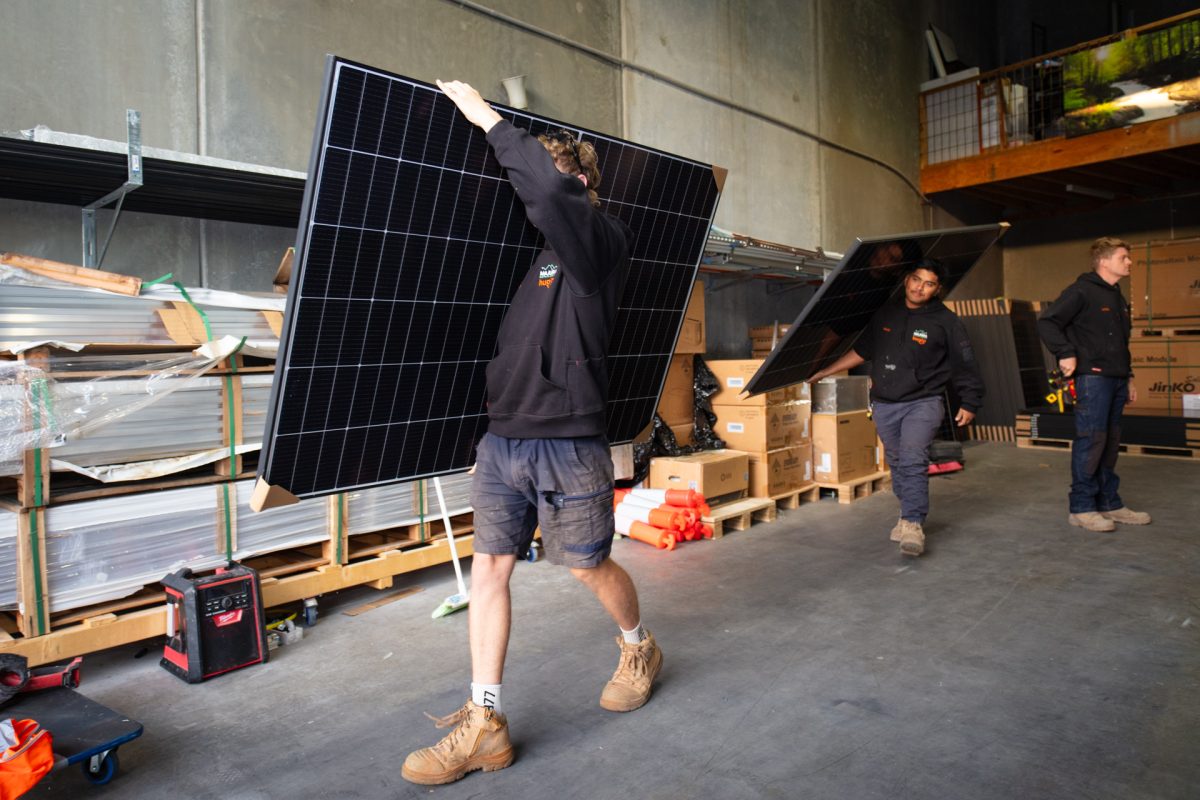
The opportunity to utilise the power of solar goes beyond your property these days. Photo: Thomas Lucraft.
In terms of convenience when it comes to charging at home, there’s the option of tethered or untethered charging cables.
Simply put, tethered charges have a fixed cable that cannot be removed from a wall; untethered gives you the option to remove the cable to take it with you, offering a more portable option.
In terms of cost effectiveness, using a home solar system can reduce your car charging costs to nil. Rooftop solar systems can be used to charge your EV during the day with the addition of a smart battery, offering the system the opportunity to charge at night using the energy that would otherwise be sent back to the grid.
Tim says another way to save money on charging your vehicle is by investing in a smart charger, giving you the opportunity to charge your EV using excess solar power generated by what you accumulate on your existing solar panels.
“It just makes sense, for an extra thousand dollars you can have the charger installed which gives you the opportunity to do the best thing you can do which is self consuming the energy you generate rather than putting it back into the grid for much less money.”
As society learns more about the concept of driving a completely electric vehicle, Tim says there are plenty of apps that can be utilised as well as community groups online to help each other understand this slightly altered way of transport.
“It does feel like a lot at the time but in the long run, you’re going to save on petrol and help the environment.”
Tim says one of the best things about them is the money he has saved on service station chocolate bars.
“It’s so great to not have to go to the petrol station and fuel up as often because that trip to the station usually includes the requested few extras.”












